Search & Discover
Story 5
The Well-Dressed Man
Contrast images of Haydn, Mozart, and Beethoven. Compare what each man is wearing. Haydn and Mozart wear wigs. Beethoven has loose natural hair. Haydn and Mozart wear coats that are close-fitting and elegant. Beethoven’s coat is bulky with very big cuffs and lapels. Around their necks Haydn and Mozart wear frilly, ruffled shirts. Beethoven wears an open-necked shirt with a practical red scarf.
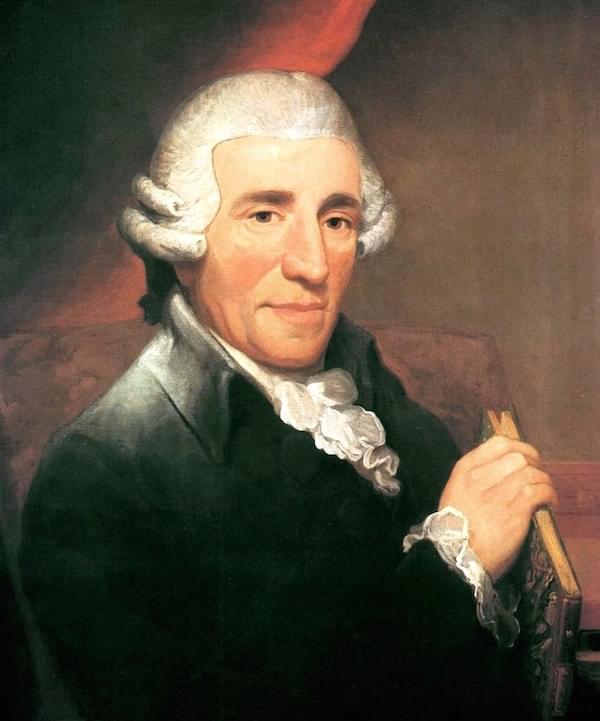
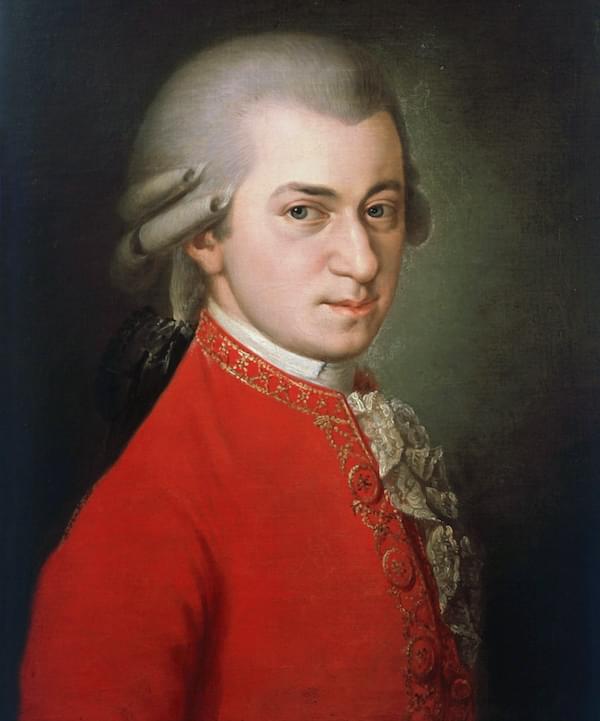
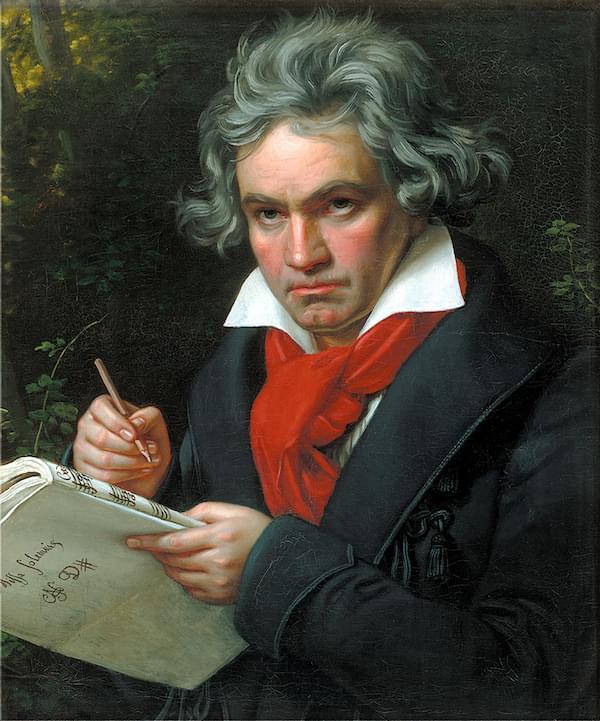
Is this just a matter of taste, or what each composer could afford?
A (not so) Fine Point
What kind of pencils would Beethoven stuff in his pockets? What did he use to jot down all those ideas? They were probably not much like pencils familiar to you.
Ever wonder how and where the pencil was invented? You might be surprised that what we usually call the “lead” in the pencil isn’t lead, but a mineral called graphite. And that the first use of a graphite stick was to mark sheep!
The modern pencil was invented in 1795, when Beethoven was 25. What were people using before that? Would you like to see the oldest pencil in the world?
How does the “lead” get into the wood?
Why are ordinary pencils yellow?
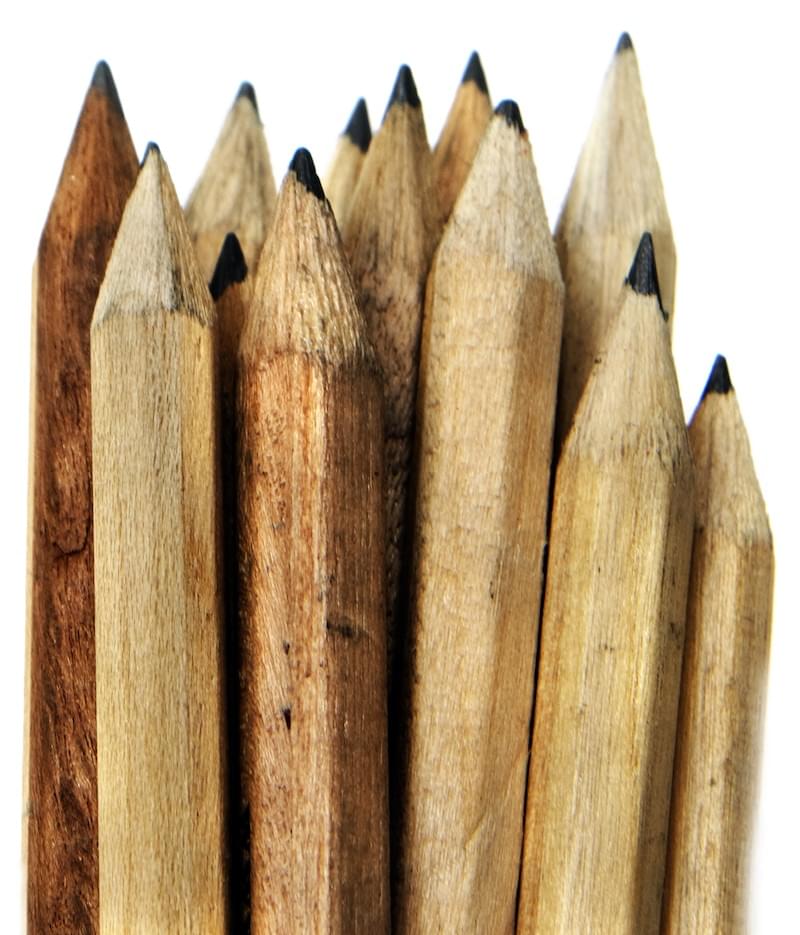
Mystery Woman
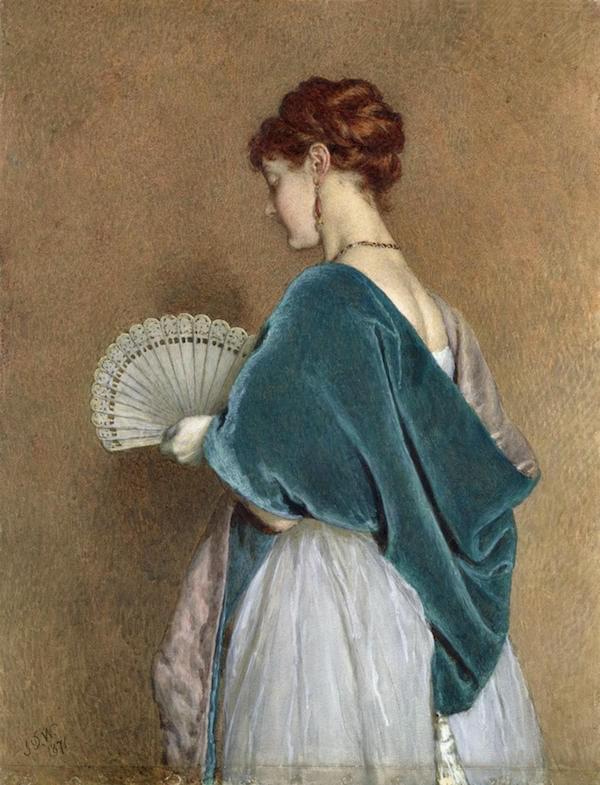
Although the piece was only discovered and published 40 years after Beethoven died, Für Elise is one of his most popular compositions.
Who was Elise? There have been guesses, but no one really knows. One page in Beethoven’s sketchbook shows that the piece dedicated to her was one of his quick ideas. It may even have been on one of the many sheets stuffed into his pockets!
When you open the sketchbook link, click on the magnifying glass to expand the page. If you look carefully at the top line, you’ll see those first gentle, winding notes that open this lovely piece. You can also read more mysteries about this famous piece by clicking on “Nice to Know” or scrolling down.
In More Sounds of Beethoven (below) you can hear Für Elise.
Different Pianos, Different Sounds
During Beethoven’s lifetime the piano itself was going through many changes. It was still a relatively new instrument. And it was a time of experimentation.
Pianos made by different builders, in different places, were, indeed, very different. Those made by Viennese builders had a light action, a shallow key bed, and a clear, bright sound. Pianos made in England had a deeper key bed, a wider range, and a resonant sound. French pianos introduced a “double escapement action” that made repeating a key easy and quick. All of these pianos had wooden frames, so they did not have the support that metal bracing could provide.
Since his manner of playing was as forceful as his personality, Beethoven often damaged his early, lighter Viennese pianos. His aggressive playing snapped strings and splintered hammers. He wrote music for pianos not yet ready for his demands.
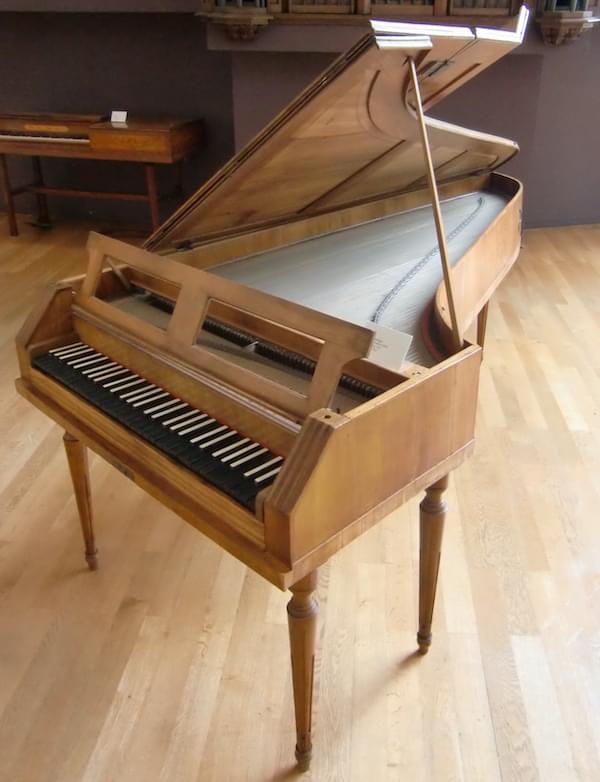
Photo by Gérard Janot, CC BY 3.0
Story 5 shows how Beethoven’s new Érard piano played a role in the creation of the Appassionata sonata. The piano shown there is actually an exact replica of Beethoven’s original piano. It was built by Chris Maene, a contemporary Belgian instrument maker. Here are more images of that replica. You can even see Maene’s piano next to Beethoven’s own Érard.
Fourteen years after he had written the Appassionata sonata Beethoven received a piano from Thomas Broadwood, whose family made pianos in England. Broadwood visited Europe and, after meeting Beethoven, he promised to send him a piano. Not only was this piano able to produce a louder tone, but it also had a six-octave range. This piano motivated Beethoven to write another daring sonata, the Grosse Sonate für das Hammerklavier (Grand Sonata for the Fortepiano). You’ll get to hear some of this epic sonata at the end of Story 7.
Then, two years before he died, a Viennese piano builder, Conrad Graf, lent Beethoven another special piano. Graf doubled the thickness of the soundboard hoping that the increased resonance would help Beethoven hear more of what he played. The Broadwood and the Graf were the pianos in Beethoven’s last apartment.
It would be useful to get a brief history of keyboards from the clavichord to the modern grand piano. David Schrader takes you on a quick tour, showing how the instruments work and playing on them. Be sure to view Part 2.
Some of Beethoven’s pianos made special effects possible. He used one unusual effect in the first movement of the “Moonlight” Sonata, the movement played by two different pianists at the end of Story 4. Neither of these pianists, however, could do exactly what Beethoven wanted! Tom Beghin explains what Beethoven wanted, and why his piano, one built by Anton Walter, could create that magical effect.